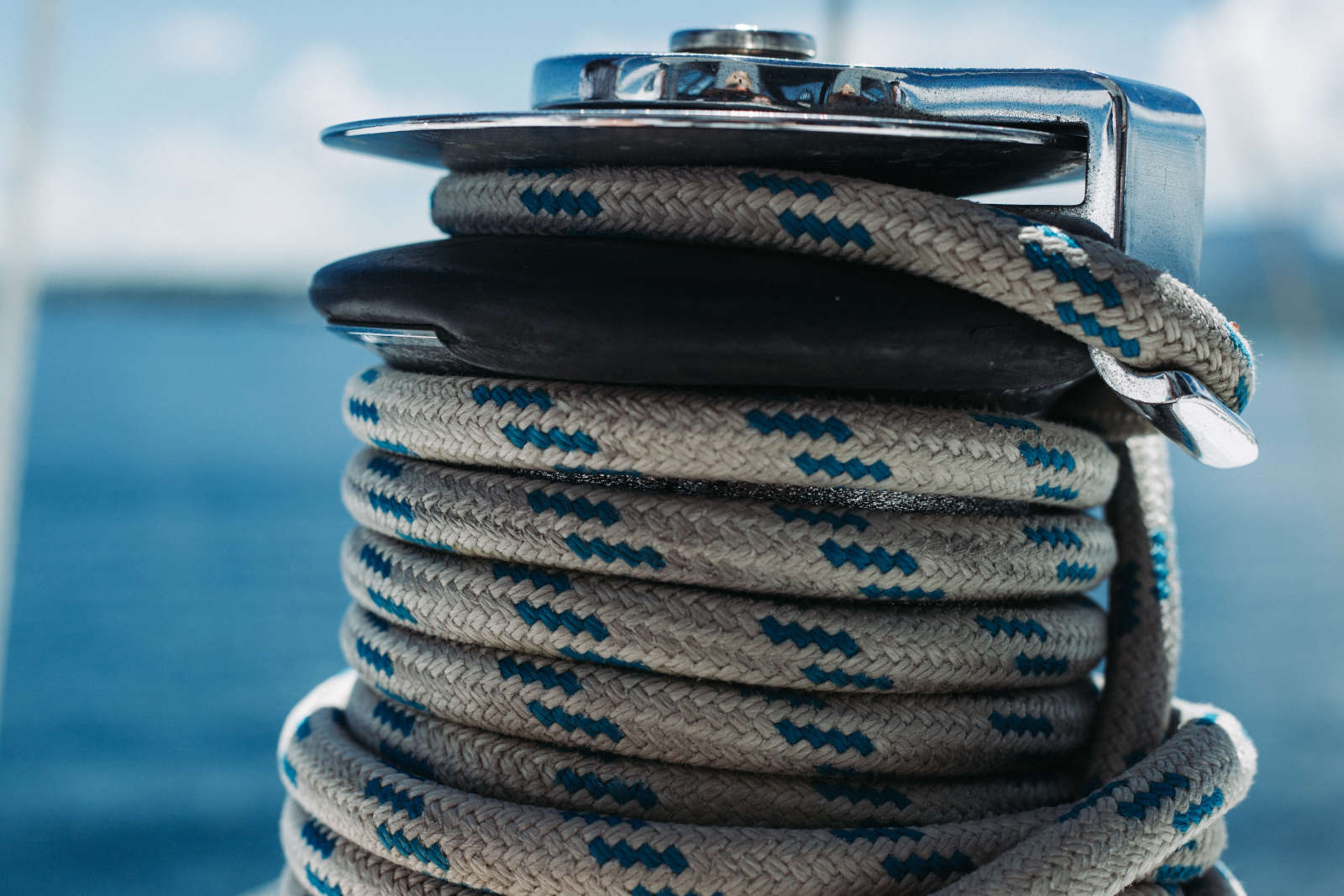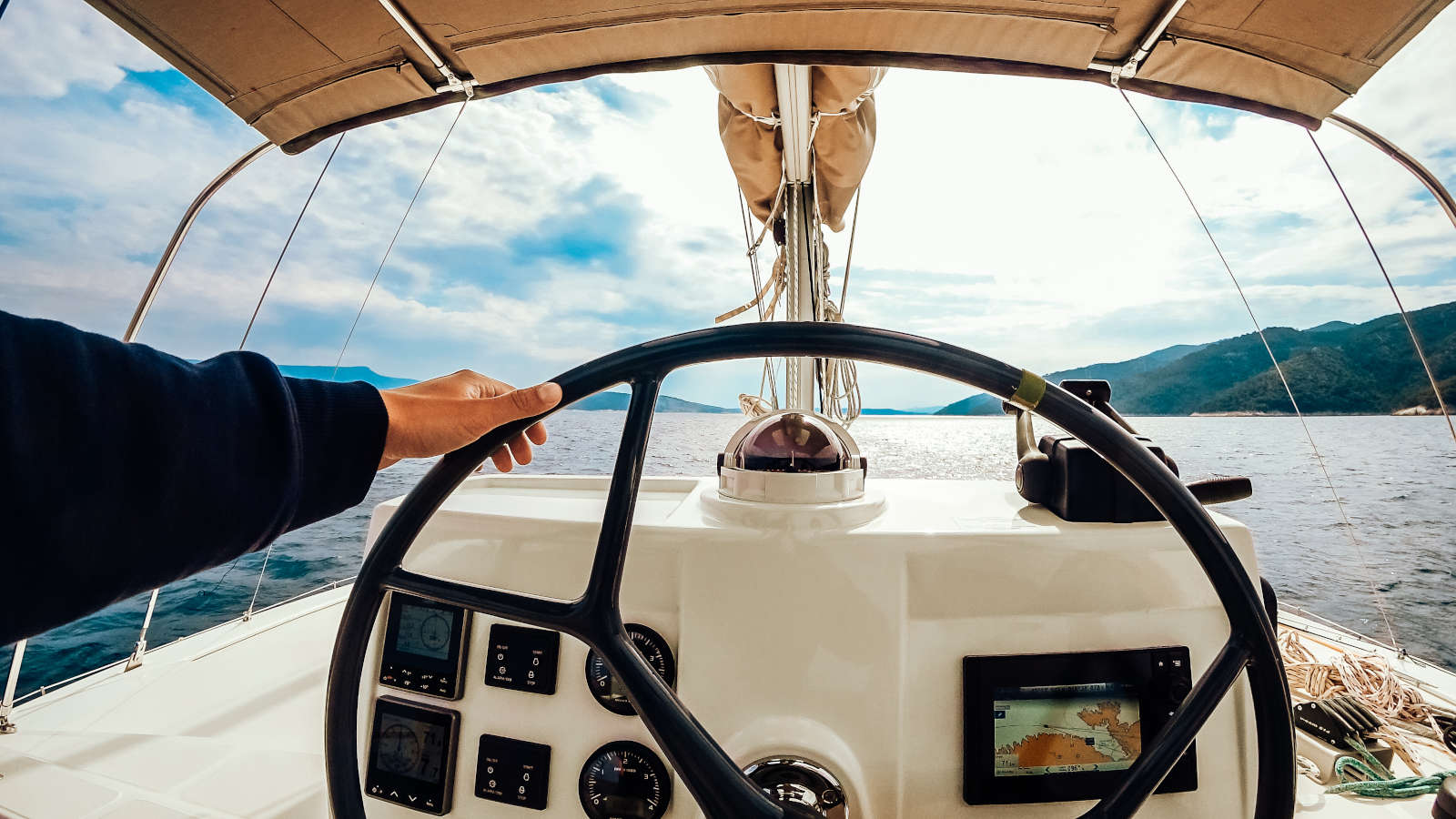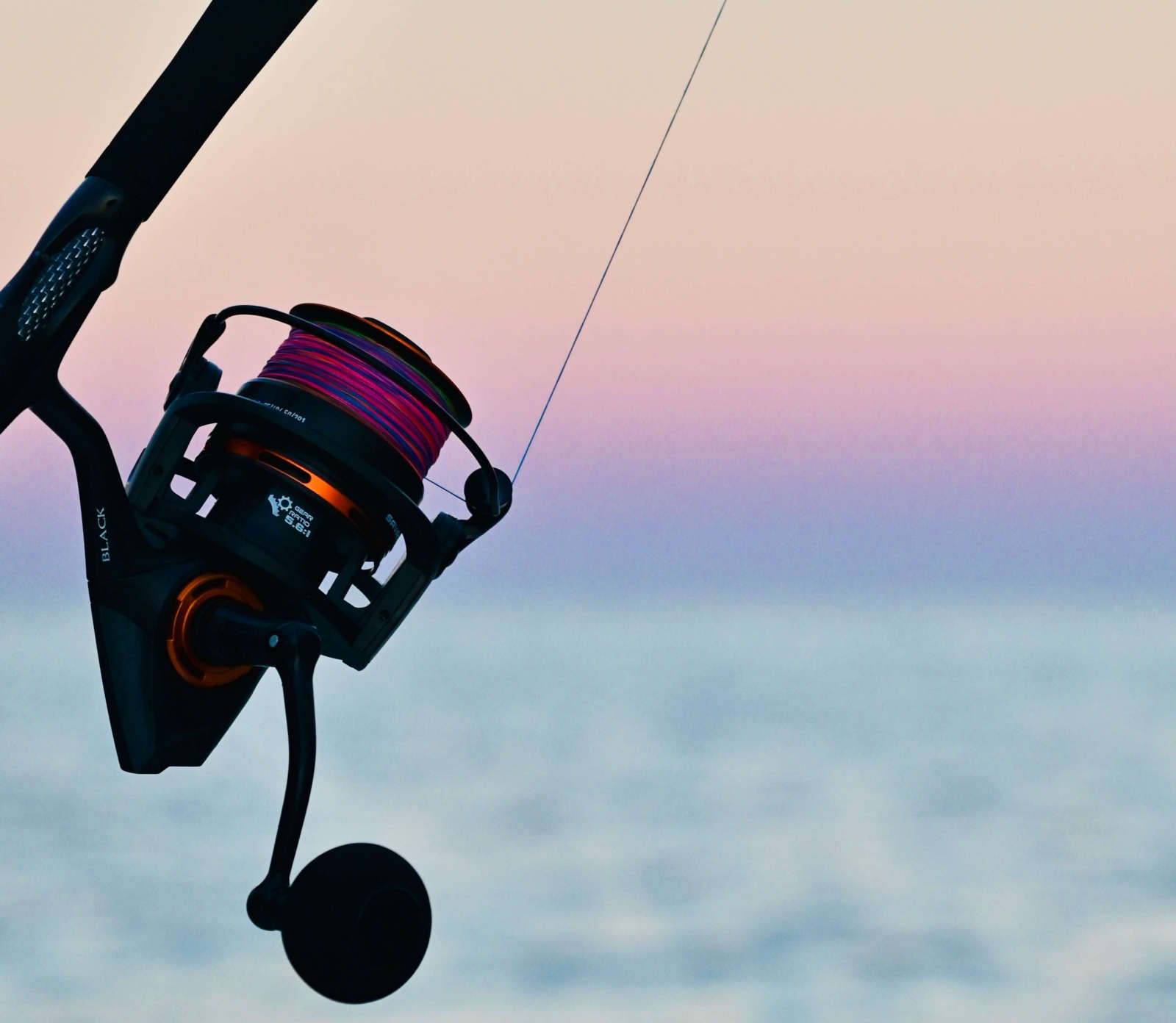PVD and nanotechnology at the service of sailing and sports
Ten-thousandth to one-millionth of a millimetre thick coatings
PVD is the ideal metal surface treatment whenever wear and weather resistance, strength, and light weight are needed with an attractive appearance. This is why it is often used for coating tools, parts, and accessories in competitive and amateur sports activities.

The acronym PVD stands for Physical Vapour Deposition. It can be considered nanotechnology as it produces ten-thousandth to one-millionth of a millimetre thick coatings. It provides a tough, long-lasting surface coating, resistant to corrosion and wear, antibacterial, and with a considerable aesthetic impact.
The film deposited on substrates that undergo the PVD treatment is defined as a thin film because it is only a few microns thick or less. In the physical vapor deposition (PVD) process, a solid or liquid source vaporizes the coating material to its atomic or molecular form. Then it is moved to a vacuum or plasma environment to reach the substrate, where it condenses and anchors permanently. Even in the marine market, PVD treatment is used for coatings tens or hundreds of nanometres thick for multilayer deposition of thin films composed of alloys in differing percentages. The shape of the substrate can vary, from flat shapes to complex geometric shapes, with very sharp corners or concave surfaces.
PVD treatment for boating accessories hardens the surfaces, making them stronger while permitting lighter weights.
With PVD coatings, all components on-board can be protected. Consequently, their lifetimes are extended, both in technical life and appearance. The consequent weight reduction improves race boat performance and improves motorboat fuel consumption.
The marine environment readily attacks all components of a boat. In the past, equipment was finished with simple surface preparation methods, even to give the parts a particular colour. Today, thanks to the improvement in the surface characteristics provided by PVD coatings, they can have a beautiful appearance over time without being subject to the chemical aggression and corrosion typical of saltwater environments.
PVD treatment is used in the marine market for accessories for racing speedboats, pleasure craft, yachts, sailboats, canoes, windsurfers, fishing boats, and workboats.

In the marine market, PVD treatment is ideal for producing deck equipment and accessories in any application where maximum performance with minimum weight is required. Some examples are winches, cleats, bitts, chocks, rowlocks, snap hooks, shackles, compasses and instruments, porthole frames, air intakes and hatches, and finishing parts (like handles, fittings, helms, and steering gears).
PVD coating of winches and windlasses
PVD, or physical vapour deposition, is a long-lasting exterior coating process used to apply a coloured finish (usually black or bronze) to the stainless-steel components of a winch. It is a high-quality permanent coating with excellent impact and abrasion resistance. Considered a “noble” metal used to produce marine accessories for its characteristics, stainless steel can acquire and retain pleasing aesthetic properties over time.
In addition to the marine market, PVD is used for equipment in many professional and amateur sports.
Carabiners used by alpine sports enthusiasts, a few parts for skis, many parts of golf clubs, equipment used in track and field, parts of fishing reels and poles, numerous racing bicycle parts, and parts of racing and touring motorcycles all benefit from PVD treatment, as well as ice skates, skateboards, archery, darts, and other sports and games.

PVD treatment is ideal when it is necessary to improve friction and oxidation resistance while increasing the surface hardness without increasing weight.
In many cases, PVD treatment, which can be applied to all metals, makes surface coating aluminium alloys advantageous, increasing the surface hardness while reducing the weight. Therefore, in many situations, manufacturers of marine components prefer to use light alloys with PVD coatings rather than stainless steel.
PVD is more environmentally friendly than other finishing processes. It can be applied without producing noxious chemicals or hazardous waste. This is another reason why PVD treatment is preferred by equipment and accessory manufacturers for every sport.



